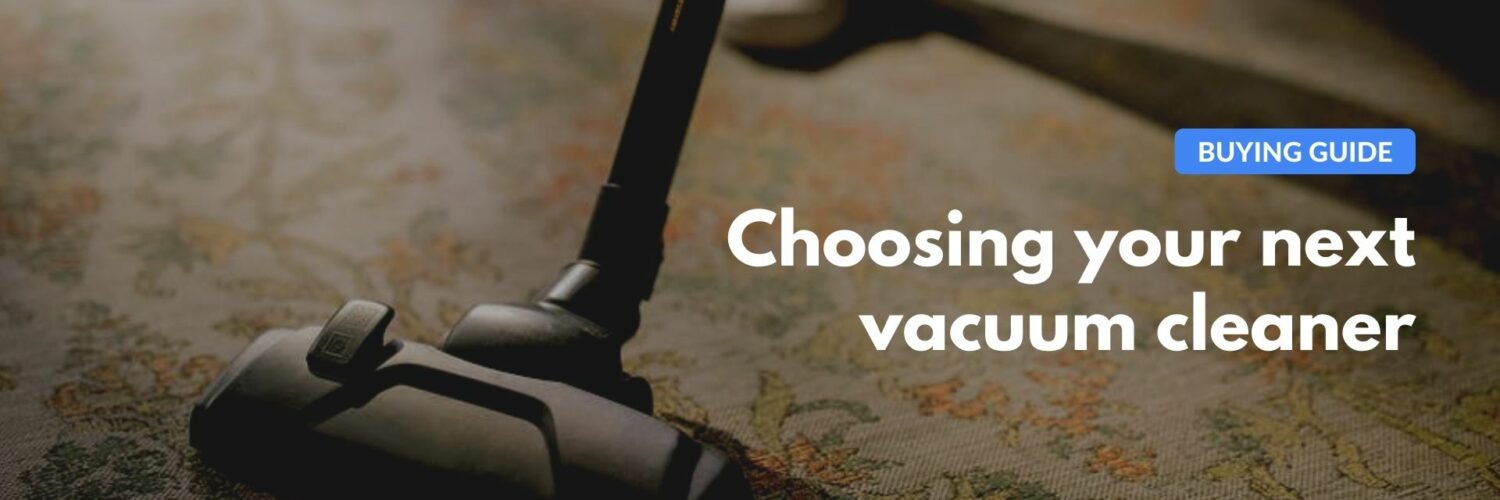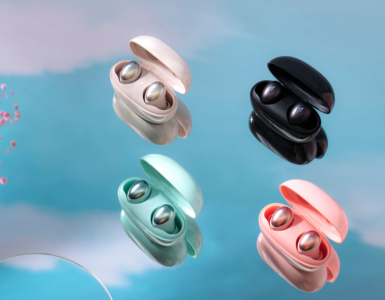Vacuum cleaners come in all shapes and sizes, from petite robot vacuum cleaners to cordless handheld stick vacuum cleaners, all the way to mammoth-like wet and dry vacuums. Clearly, there is no “one size fits all” solution at the time of writing. As you contemplate the choices, here is a guide to choosing your vacuum cleaner.
Size does matter
For quick daily sweeps, robot vacuums get the job done as you hustle through your daily activities, with some models even coming with mopping capabilities. Other cleaning regimes (unless you choose to put the robot vacuum on the kitchen counter, that is) will most likely require a stick vacuum or heavy-duty vacuum cleaner, which also comes with the benefit of extra suction power.
KiloPascals (kPa) is a unit used to measure the vacuum cleaner’s suction power. Robot vacuum cleaners have an average of 1.5kPa to 3kPa, with some peaking at 4kPa. For stick vacuums and heavy-duty vacuums, the suction force typically ranges from 16kPa to 20kPa, enabling you to pick up larger debris than a robot vacuum.
When dealing with battlefields such as greasy and wet kitchens, summoning your petite robot vacuums (or even your cordless stick vacuum) to the cleaning battlefield may wear it out fast and possibly leave undesired residues behind.
Brush design
Sending your favourite fluffy vacuum cleaner into a grimy floor may be a death sentence waiting to happen. Despite being designed to work well on hard surfaces, you may catch them absorbing the oil off the floors and leaving the roller sticky and contaminating other areas.
Most vacuum cleaners feature different attachments, each with its own strengths. Major brands have even introduced specialised carpet or dust mite attachments to prevent chewing on such surfaces.
Motor design
Particularly for stick vacuums, you get what you pay for in terms of motor type – which can be divided into mainly brush motors and brushless motors. Brushless motors come at a higher price while offering superior performance than brushed motors, especially in longer lifespan, higher speeds, and lower maintenance.
Chances are, the generic branded vacuum cleaner that you have been eyeing on, at S$50, could be using an inexpensive brushless motor with a tendency to wear down within a short period.
Battery size
Depending on the extent of your cleaning regime, you may require a vacuum cleaner with longer battery life to last through the session. On average, stick vacuum cleaners last around 10-20 minutes on high suction mode and up to an hour of cleaning.
To address the issue of a short runtime, a small handful of manufacturers have introduced swappable battery packs into their machines. The spare batteries can be purchased separately from the manufacturers themselves. Unfortunately, this is not a widely common feature, and those looking to have a prolonged cleaning showdown will have to recharge the vacuums before moving forward.
🤓 Like what you read?
Stay updated by following us on Telegram, Facebook, Instagram or on our YouTube channel.






